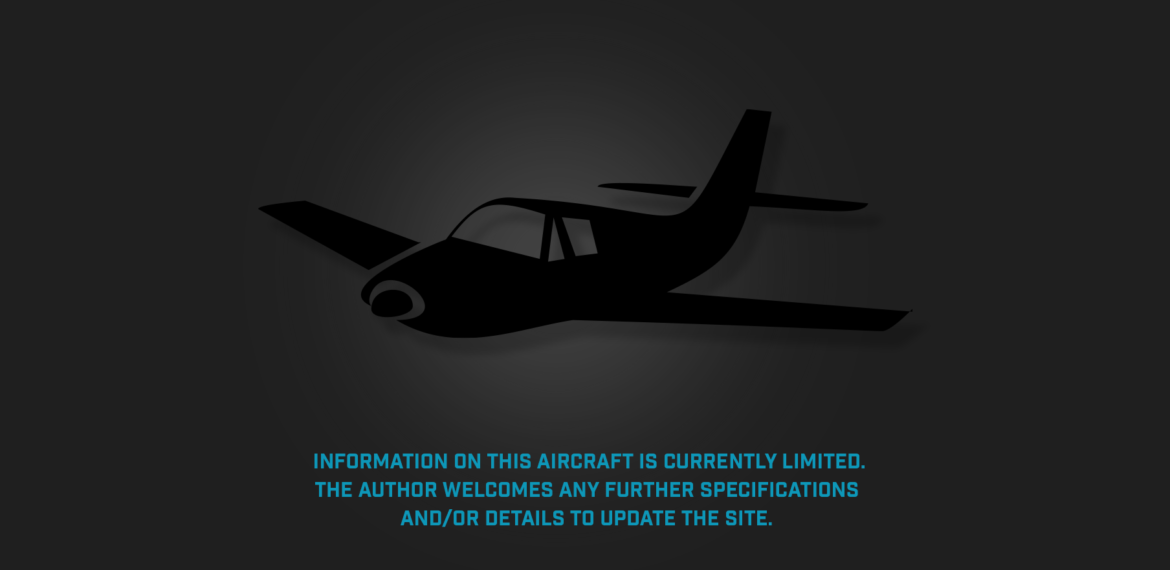Photograph:
Photograph not yet available
Country of origin:
New Zealand
Description:
Single-seat human-powered aircraft
Power Plant:
One human pilot
Specifications:
Wing area: 23.2 m² (250 sq ft)
Empty weight: 42 kg (92.4 lb)
History:
The Frost Emmett HPA was one of a series of more than 120 machines designed and entered around the world to try and win a competition announced by Henry Kremer, a British Industrialist, to build and fly a human-powered aircraft over a figure of eight course covering a distance of 1.6 km (1 mile), the course to include a 3.048 m (10 ft) pole that the aircraft had to fly over at the beginning and conclusion of the flight.
This aircraft was designed by John Frost in the 1970s. Structure was aluminium tube with bracing wires and control was by wing-warping. The wing was covered with Dacron whereas other similar designs of the time were covered with a lighter material called Melinex. However, Mr Frost died in 1979 before completion of the aircraft and it was subsequently taken over by the Auckland Branch of the Royal Aeronautical Society.
In 1983 the aircraft was given to the University of Auckland where, in 1984, Messrs Grant D Shirreffs and Daniel S Steinemann set about the task of solving some of the problems with the aircraft to complete its construction. Professor Larrabee set about developing a suitable propeller for the design.
After completion flight trials commenced at the Royal New Zealand Air Force (RNZAF) base at Hobsonville and these initially involved the aircraft being towed behind a motor vehicle. However, the aircraft was difficult to fly, with lateral control being inadequat, and when a wing-tip dropped on take-off it could not be corrected. Messrs Shirreffs and Steinemann later reported on the aircraft to the Department of Mechanical Engineering, University of Auckland, stating the control mechanism was not satisfactory. It seems nothing further became of the aircraft.

